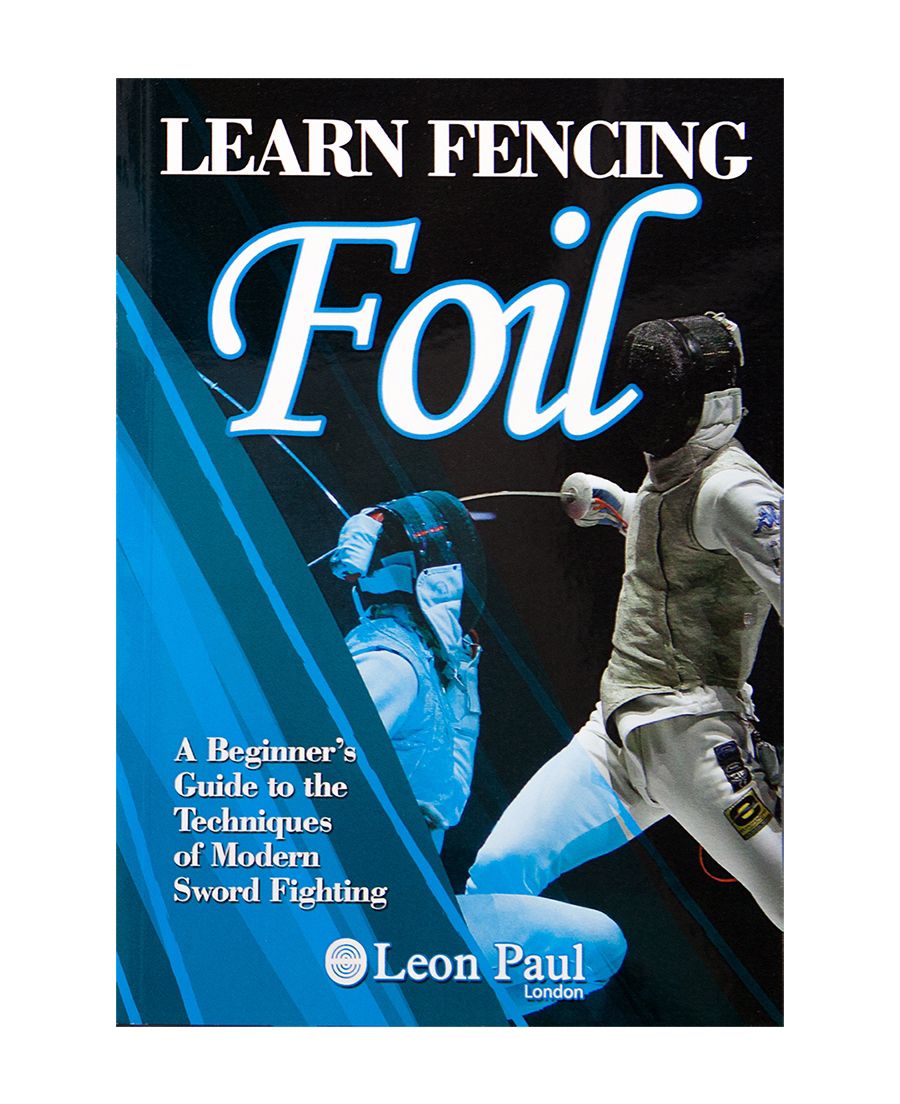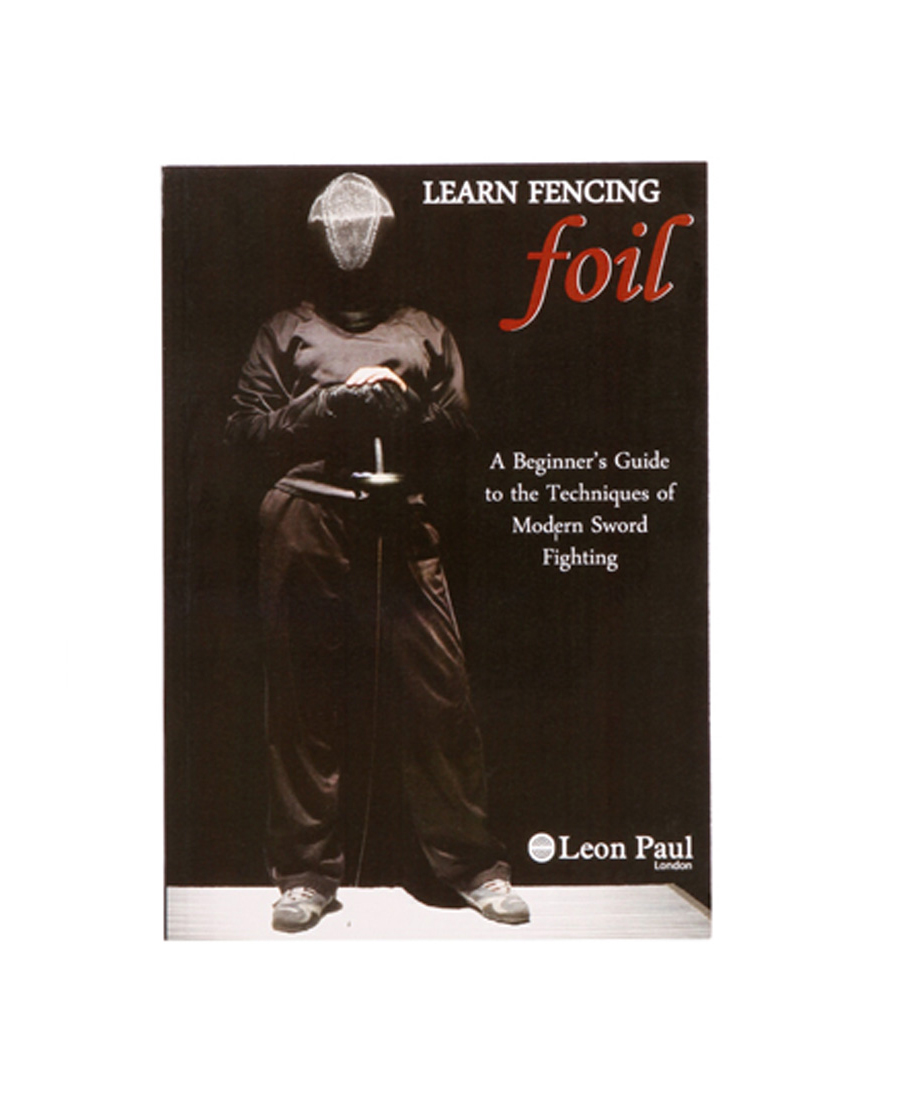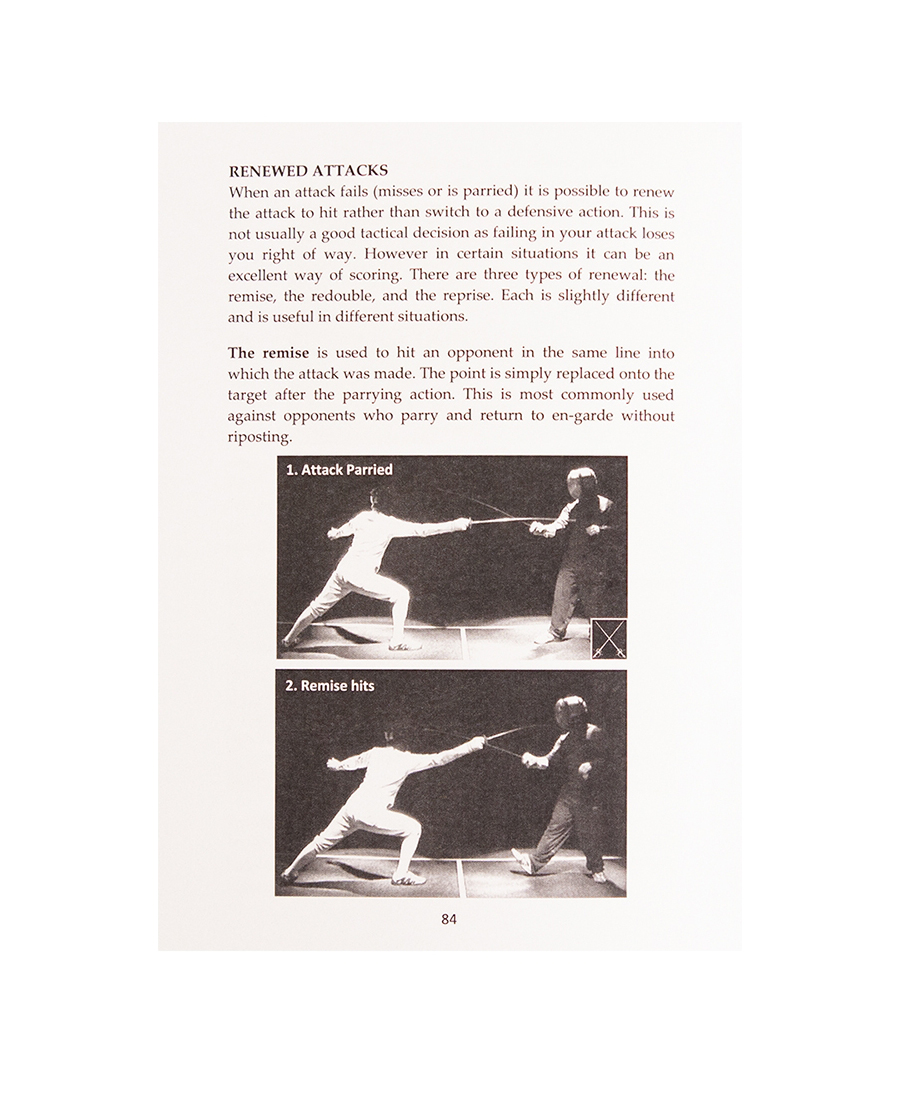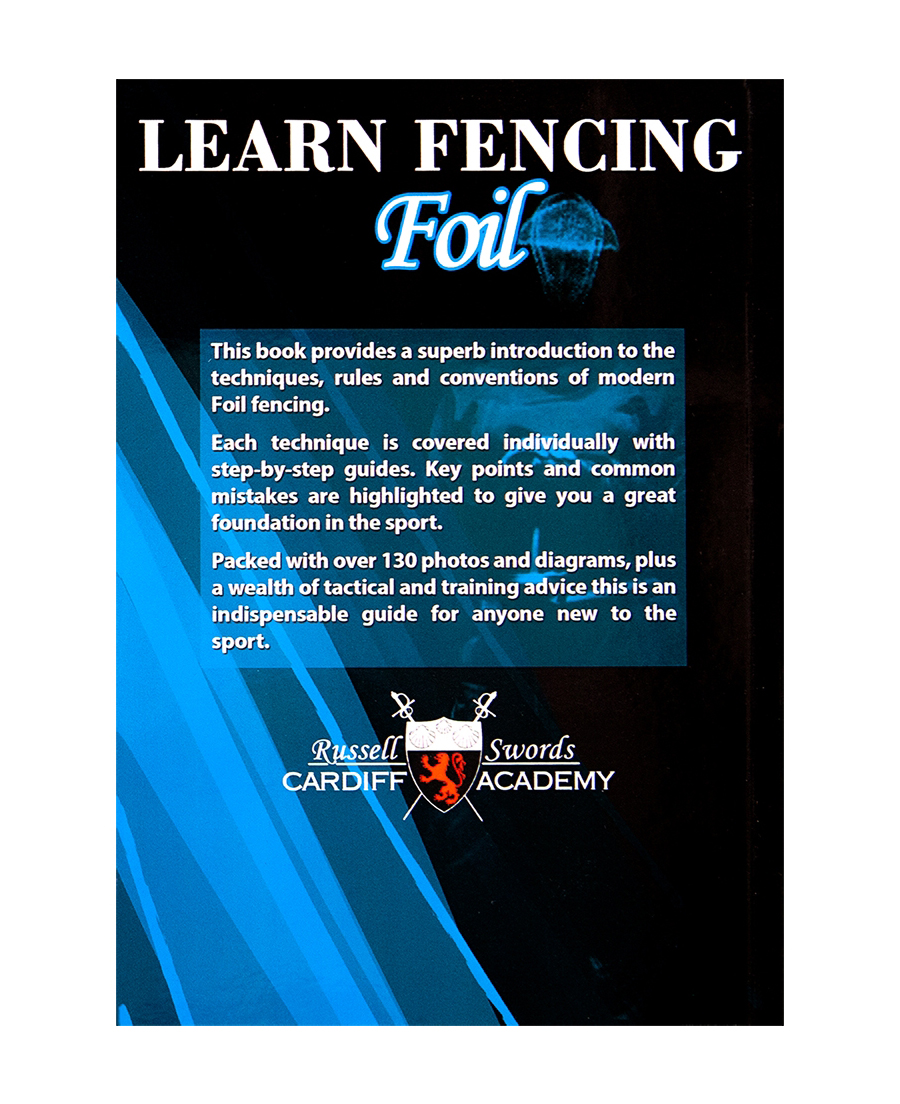Panels showing 'tactical tips', are helpful, as are those which describe 'common mistakes'. I am a little sceptical however about occasionally showing photographs of bad examples to beginners, as precise visual examples of good techniques are likely to be more beneficial.
Spaces are left from time to time for 'Coaching Notes'. Coaches wishing to study for recognised coaching qualifications will find these books useful, but it is important to consult a qualified coach educator in the particular coaching scheme you are interested in, to ensure that you are working on the approved curriculum in which you will be examined.
The author has covered quite a lot of ground in these three books, which are easy to read, largely traditionally based, neatly presented and the occasional use of cartoons is most enjoyable. These are a welcome addition to my fencing bookshelf.
113 pages, over 130 photos and diagrams
This book begins with the basics, equipment, safety, the stance, various types of footwork, the rules, conventions and the grip. The guards and lines are followed by the hit and engagements. Various types of parries are then introduced, followed by blade preparations, then counter ripostes. Compound attacks naturally leads to successive parries as a form of defence. The point-in-line leads to evasion of the opponent's attempt to take the blade using d_robement. Prise de fer attacks can be prevented by using either opposition, or ceding parries. Counter attacks, counter-time and renewals of attack are then discussed; before venturing into topics like 'opposite handers', free fighting, offenses and penalties, and general tactics. A nine page glossary of terms is available at the end.

Winner of the 2024 Kings Award for Enterprise
Ways to Pay


© 2024 Leon Paul London, all rights reserved.
Developed by Develo





